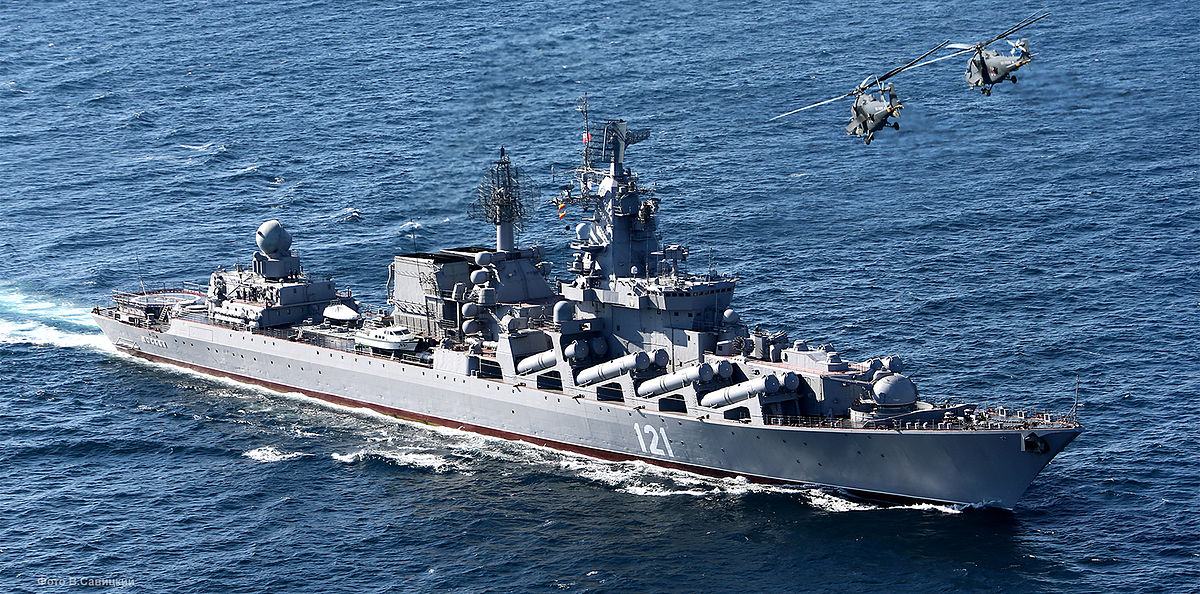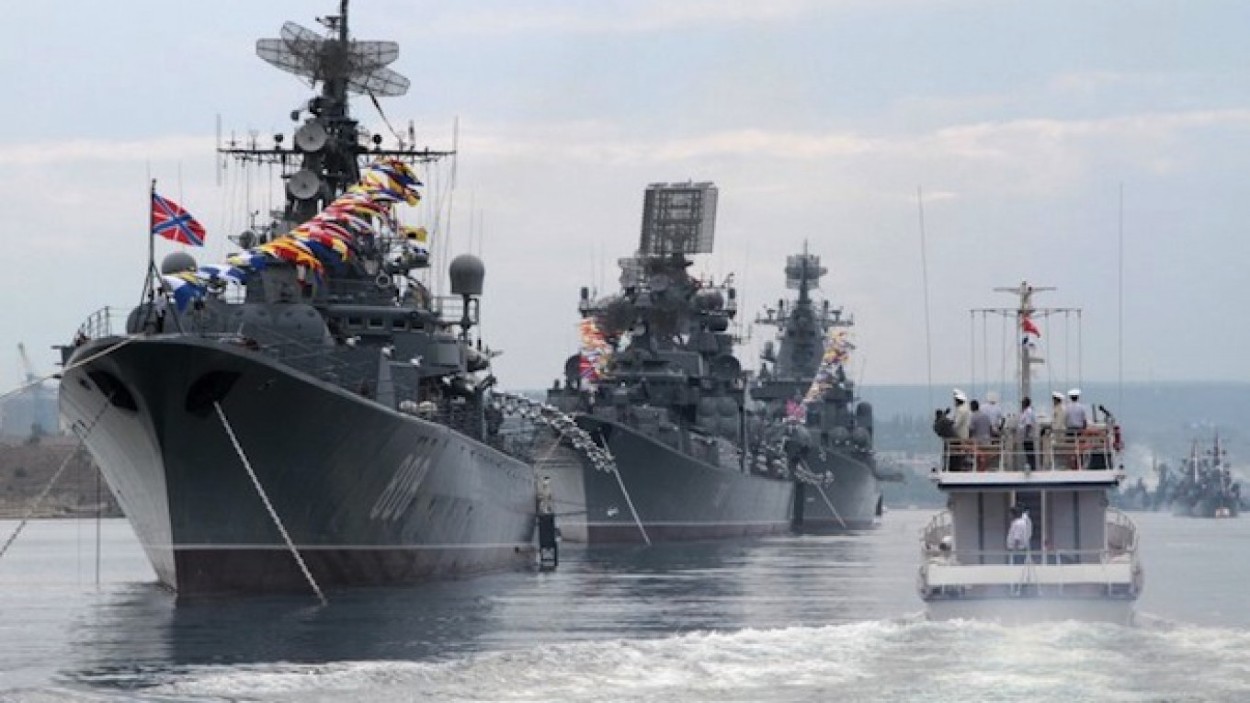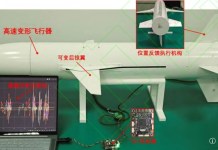Russia’s Black Sea Fleet commander has said that the service had beefed up its defenses to thwart incessant drone attacks allegedly carried out by the Armed Forces of Ukraine (AFU).
Vice Admiral Viktor Sokolov, commander of the Black Sea force, said on the 240th anniversary of the Black Sea Fleet that the force had strengthened its defenses against drone assaults from Ukraine, RIA Novosti reported. The announcement comes ahead of a Ukrainian counteroffensive that could see an uptick in attacks on the fleet.
The commander, in his interview, claimed the Ukrainians had focused their efforts on carrying out sabotage and terrorist attacks on fleet facilities and the critical infrastructure of Crimea as a measure to compensate for its inability to operate at sea against the Russian navy.
“In connection with the threat of attacks by robotic surface and underwater systems, we have increased the technical means of protecting the main base of the fleet and the places where ships are anchored, equipped with optical-electronic and radio surveillance posts,” Sokolov said.
However, the first big hit to Russia’s Black Sea came when the Ukrainians destroyed and sunk its flagship cruiser Moskva by firing two locally-made Neptune missiles. The flagship burnt to its death and sank into the Black Sea. The event was a significant setback to Russia and a mammoth victory for the Ukrainian troops.

The commander further informed the media that the Black Sea fleet’s minesweeping units had finished clearing the Azov Sea.
“In this regard, the forces and troops of the Black Sea Fleet solve the tasks of covering bases, important military facilities, and critical infrastructure on the territory of the Crimean Peninsula from attacks by air and sea kamikaze drones, enemy sabotage groups, and eliminating mine danger,” Sokolov noted.
According to the Black Sea Fleet commander, the fleet and the Aerospace Forces greatly expanded the area under the radar control of the airspace to detect air attack weapons, including drones, as soon as possible.
“For the timely notification of the forces, a single information field was formed, which includes, among other things, aircraft and helicopters of the Naval Aviation of the fleet,” the vice admiral stated. Moreover, additional funding was called for combat service for air defense, in addition to the usual ship sailors, to enhance the bases’ air defense.
When Russia annexed Crimea from Ukraine in 2014, it got access to the Sevastopol Port, which hosted over three-quarters of Ukraine’s naval fleet.
At that time, the Russians took whatever they could – their ships, repair yards, and sailors willing to switch the camps. It is Russia’s one of the most strategically located naval fleets ever since.
Russia’s Black Sea Fleet Is Ukraine’s Favorite Target
Russia’s Black Sea port Sevastopol which lies on the Crimean Peninsula, has regularly come under drone attacks since the initial days of the invasion. Although these attacks have been attributed to Ukraine, the officials in Ukraine have refused to take accountability for the drone attacks on Crimea.

For instance, Sevastopol was attacked by two unmanned surface vehicles in late April, which were reportedly repelled by the Black Sea fleet. At the time, Crimean Governor Mikhail Razvozhayev said that the first drone was destroyed while the second exploded on its own without causing any damage to the infrastructure.
Later that week, an alleged Ukrainian suicide drone strike triggered a massive fire at a fuel storage facility in the port city of Crimea, triggering a “Level 4 Emergency,” considered the ‘Highest Level.’ A massive Russian missile strike against Ukraine followed the enormous damage.
Unknown drone hit russian oil depot in Sevastopol, occupied Crimea.
Enjoy. pic.twitter.com/vcZoSkghrl— Ukraine Front Lines (@EuromaidanPR) April 29, 2023
Since July last year, Ukrainian drones have been periodically trying to attack Sevastopol, the main base of the Black Sea Fleet, as well as other infrastructure in Crimea. The target of the attacks would be the fleet headquarters, energy facilities, and military airfields.
In late October 2022, low-slung drone boats with a claimed range of roughly 500 miles were allegedly used by Ukraine in an unprecedented strike on the Russian Navy’s base in Sevastopol, which triggered a massive explosion.
Less than a month later, in mid-November 2022, another maritime suicide drone attack was reported on Sheskharis Harbor in Russia’s Black Sea port of Novorossiysk.
Ukraine is writing a new chapter in the history of naval warfare.
The second ever attack with USV maritime drones took place today.
The drones attacked the Sheskharis oil harbor in Novorossiysk, Russia, owned by Transneft.
Keep striking Russian ports, it will cripple logistics pic.twitter.com/d1gFaZs12r
— Visegrád 24 (@visegrad24) November 18, 2022
The attacks on the Crimean Peninsula and the headquarters of the Black Sea fleet have registered an uptick in recent months with Ukraine’s increased use of drones that it employs to target Russian territories and Ukrainian territories under Russian occupation.
With a Ukrainian counteroffensive anticipated soon, the Russian Black Sea fleet has ramped up its defenses, given the proximity of Ukrainian positions to the Crimean Peninsula and the usage of modified long-range Soviet-era drones like the Tu-141 Stinzh by the Ukrainian forces.
- Contact the author at sakshi.tiwari9555 (at) gmail.com
- Follow EurAsian Times on Google News




